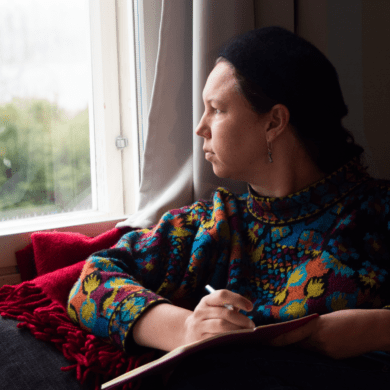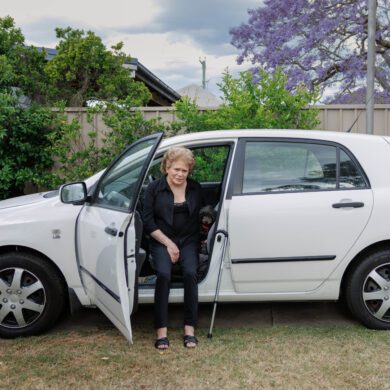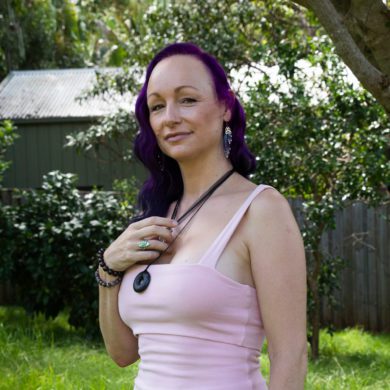How do you tell your employees that, tomorrow, when your staff walk into work, any man is – statistically speaking – getting paid at least 30 per cent more than the woman walking through the door right next to him?
That was the dilemma facing numerous banks, retailers and businesses on Tuesday when the government’s WGEA released information about the gender pay gap within every Australian business with more than 100 employees.
In case you missed it, the results were… not great. Nearly two-thirds of businesses had a pay gap that skewed towards men. Some businesses had wage gaps of up to 70 per cent. And those were the ones that submitted data – dozens didn’t bother.
Nearly two-thirds of businesses had a pay gap that skewed towards men.
The wage gap is a challenging subject. It compares the median pay of men within a company against the median pay for women. (It does not compare the salaries of men and women doing the same job.)
This complexity can make it challenging for journalists to report on in a way that doesn’t remind everyone of high school maths. It also makes it challenging for the public to interpret. (And, in fact, some people seem challenged by the very existence of a wage gap at all.)
But most of all, the wage gap is challenging for businesses to explain.
Watching corporate executives and PRs dance merrily around the truth on Tuesday was entertaining. Some businesses played it straight. “Our gender pay gap is simply not where it needs to be,” the head of management consultancy McKinsey, Wesley Walden, told the AFR. (And with a wage gap of 38.3 per cent, who could argue with that?)
Others suggested that the figures were unfair. (“Not the right measure” is how one male PR put it to us, rather grumpily, before hastily backtracking.)
Others blamed “structural” or “historic” issues within the business. Or claimed that that their businesses were subject to unique conditions that made it impossible to meet WGEA’s gender ideals.
That was the line taken by City Chic and Lorna Jane, which are both fashion retailers aimed exclusively at female consumers and which had gender pay gaps of 57 per cent and 37 per cent respectively. Cue outrage from Instagram commentators.
Some suggested the figures were unfair. Others blamed “structural” or “historic” issues within the business.
Both City Chic and Lorna Jane made the factual case that of the thousands of salespeople working on their shop-floors, virtually all are female – and that this inevitably skews the median pay. Even if their head office was some kind of feminist nirvana, they essentially argued, where men and women were deployed in equal numbers and earned exactly the same amount, WGEA’s approach to determining the wage gap would always make them look bad.
Fair enough, you might think. After all, if you’re a woman in search of stretchy workout leggings or plus-sized fashion, maybe you would prefer to buy them from another woman. What’s a corporate retail behemoth to do? (Except threaten the ABC with legal action, which Lorna Jane apparently did.)
What’s a corporate retail behemoth to do?
But that rationale doesn’t quite go far enough. The insights from WGEA aren’t simply designed to name and shame businesses, they’re also designed to make us think and question – really question – the status quo.
And when you think about it, isn’t it interesting that Lorna Jane and City Chic’s salespeople are all female? Menswear brands don’t staff their stores exclusively with male salespeople. (At Lowes, which is one of Australia’s largest menswear retailers, 79 per cent of the sales staff are female.)
Why is it that we, as a society, are so much more comfortable with the idea of women serving female customers than men serving male customers or men serving women? Why do women supposedly feel vulnerable about personal products and clothing from male sales assistants, while men have no such qualms? Why have women historically performed these low-paying roles?
These observations don’t make for thumb-stopping memes or “gotcha” media headlines. They suggest deeper, more entrenched cultural norms. Norms that are so ingrained that only hard data and even harder questions can expose.
These norms are so ingrained that only hard data and even harder questions can expose them.
It wasn’t just Lorna Jane and City Chic’s results that came under scrutiny. The business with the worst wage gap in Australia was Hunter Primary Health Care (tagline: We Care. We Listen. We Connect), with a 73 per cent difference between men and women’s median wages. Why?
Because male GPs are more likely to take on the lucrative, after-hours locum shifts (and their salaries were annualised by WGEA to calculate the gap, which exaggerates the discrepancy).
Again, for some commentators, this was a perfectly adequate explanation (and one that also explains why there are more highly paid men at investment banks). Men clearly want to work long hours, even after they have children, and women don’t.
Another read of this situation is that men feel entitled to work long hours regardless of whether or not they have children and women feel obligated to take care of the kids, partly as a result. The onus is on us, the public (and the media) to keep asking questions to determine which answer (or which blend of answers) is the truth.
WGEA’s figures may have illuminated the inner workings of big businesses. But they have also thrown a chink of light onto the inner workings of the other units that power Australia: families.
And make no mistake, those families have their own contracts – albeit implicit ones – about the ways in which daily operations will be managed, including who puts work first and who compromises on what.
Ask men and women how they arrived at the gender pay gap in their own household and they will likely reply with the same responses wheeled out by corporate spokespeople this week.
Some will express confusion and regret, but be at a loss at to what to do. Others will say it’s driven by women’s decisions to raise families. Still others will deny inequality exists. Some will probably even claim that their families are subject to a unique set of circumstances that make gender equality impractical in their particular family. (Maybe the man simply earns more, and so of course, it makes sense for him to just… continue earning more and for the wife to earn less. Or something.)
It’s up to us to question those responses, excavate the cultural norms that underpin them and then dive even deeper: if the pay gap is related to having small children, why doesn’t it close once the kids are older? And how can we better support and recognise women who do sacrifice their earning potential to raise children, so that they aren’t disadvantaged in later life?
The wage gap within businesses is a challenging subject, but the wage gap within individual Australian households is infinitely more nuanced and emotional. But with the right data, analysis and transparency, we might just get closer to the truth – and true equality.
Want more stories like this? Sign up to PRIMER’s weekly newsletter.













No Comments